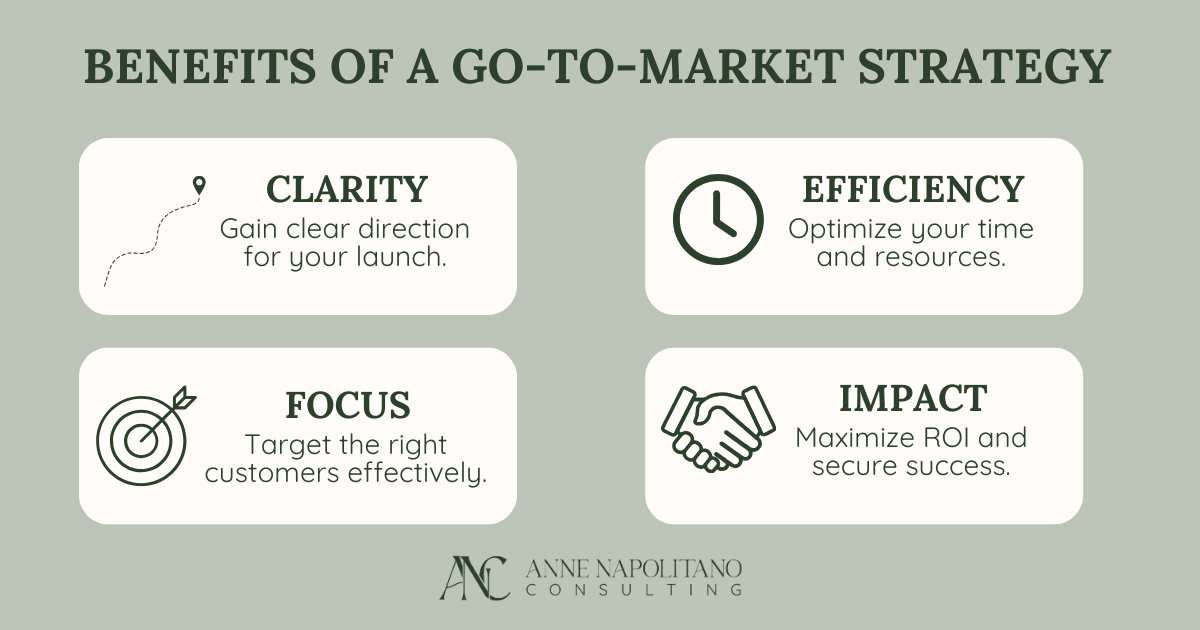Are you preparing to launch a new product, enter a new market, or expand your customer base? A well-designed Go-To-Market (GTM) Strategy is essential to ensure your success.
A Go-To-Market Strategy is a comprehensive plan outlining how you’ll introduce and promote your product or service to your target market. It defines your approach to reaching the right customers, delivering value, and achieving your business goals.
While every GTM Strategy is unique, some common components include:
- Target Market: Identifying your ideal customers based on demographics, geography, and behavior.
- Value Proposition: Highlighting the unique value your product or service brings to the market.
- Pricing Strategy: Setting competitive prices that align with market expectations and your financial goals.
- Distribution Strategy: Defining the channels and methods for delivering your offer to customers.
- Promotion Strategy: Outlining marketing channels, tactics, and messaging to attract your audience.
- Sales Strategy: Developing the processes and methods for acquiring and retaining customers.
- Metrics & KPIs: Establishing key performance indicators to measure success and make adjustments.
A solid Go-To-Market Strategy is a vital foundation for any product launch, market expansion, or business growth effort. It ensures you target the right customers, differentiate yourself from competitors, and position your company for success.


